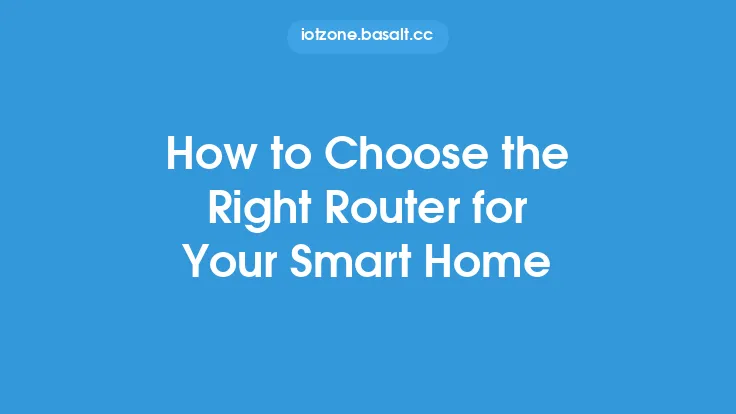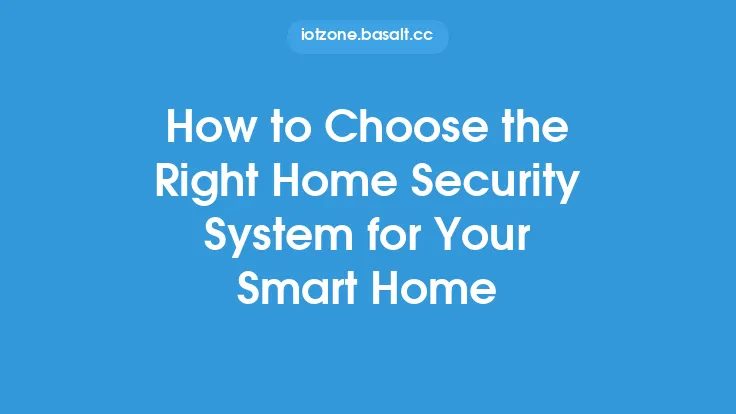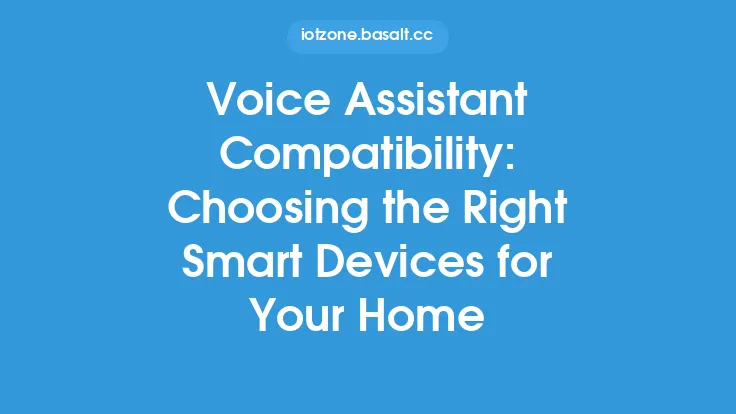When it comes to choosing the right smart lighting system for your home, there are several factors to consider. With so many options available in the market, it can be overwhelming to decide which system is best suited for your needs. In this article, we will delve into the key considerations and technical aspects of smart lighting systems to help you make an informed decision.
Understanding Your Lighting Needs
Before selecting a smart lighting system, it's essential to understand your lighting needs. Consider the size of your home, the number of rooms, and the type of lighting you require. Do you need smart lighting for a single room or the entire house? Are you looking for a system that can integrate with your existing lighting fixtures or do you want to install new smart bulbs? Answering these questions will help you determine the scope of your smart lighting project and narrow down your options.
Types of Smart Lighting Systems
There are several types of smart lighting systems available, each with its own set of features and benefits. Some popular options include:
- Hub-based systems: These systems require a central hub that connects to your router and controls all the smart lighting devices in your home.
- Hub-less systems: These systems do not require a central hub and instead, use a bridge or a gateway to connect to your router.
- Mesh network systems: These systems use a mesh network topology to connect devices, providing a more reliable and robust connection.
- Wi-Fi-based systems: These systems use Wi-Fi to connect devices, providing easy integration with your existing network.
Smart Lighting Protocols
Smart lighting protocols play a crucial role in determining the compatibility and functionality of your smart lighting system. Some popular protocols include Zigbee, Z-Wave, and Bluetooth. Each protocol has its own strengths and weaknesses, and some systems may use a combination of protocols to provide a more comprehensive solution. For example, Zigbee is a low-power protocol that is ideal for battery-powered devices, while Z-Wave is a more robust protocol that provides a longer range and better reliability.
Device Compatibility
Device compatibility is another critical factor to consider when choosing a smart lighting system. Ensure that the system you choose is compatible with your existing devices, such as smartphones, tablets, and voice assistants. Some systems may also be compatible with other smart home devices, such as thermostats, security cameras, and door locks. Look for systems that support open standards, such as Zigbee or Z-Wave, to ensure seamless integration with other devices.
Control and Automation
Control and automation are key features of smart lighting systems. Consider the type of control you need, such as scheduling, scene control, or voice control. Some systems may also offer advanced automation features, such as geofencing, which can automatically turn on or off lights based on your location. Look for systems that offer a user-friendly interface and easy-to-use controls to ensure a seamless user experience.
Energy Efficiency and Savings
Smart lighting systems can help you save energy and reduce your utility bills. Look for systems that offer energy monitoring and reporting features, which can help you track your energy usage and identify areas for improvement. Some systems may also offer features such as automatic dimming or scheduling, which can help reduce energy waste and optimize your lighting usage.
Security and Data Protection
Security and data protection are critical considerations when choosing a smart lighting system. Ensure that the system you choose uses robust security protocols, such as encryption and secure authentication, to protect your data and prevent unauthorized access. Look for systems that are certified by reputable organizations, such as UL or ETL, to ensure compliance with industry standards.
Installation and Maintenance
Installation and maintenance are also important factors to consider when choosing a smart lighting system. Consider the complexity of the installation process and whether you need to hire a professional or can do it yourself. Look for systems that offer easy-to-use installation guides and technical support to ensure a smooth installation process. Additionally, consider the maintenance requirements of the system, such as software updates and battery replacement, to ensure that your system continues to function optimally over time.
Budget and Cost
Finally, consider your budget and the cost of the smart lighting system. Smart lighting systems can range from a few hundred to several thousand dollars, depending on the features and complexity of the system. Look for systems that offer a good balance of features and price, and consider the long-term savings and benefits of the system to ensure that it fits within your budget.
Conclusion
Choosing the right smart lighting system for your home requires careful consideration of several factors, including your lighting needs, device compatibility, control and automation, energy efficiency, security, installation, and budget. By understanding the technical aspects of smart lighting systems and evaluating your options based on these factors, you can make an informed decision and select a system that meets your needs and provides a seamless user experience. Whether you're looking to enhance the ambiance and efficiency of your home or simply want to add some convenience and automation to your lighting, a well-chosen smart lighting system can provide a wide range of benefits and improve your overall quality of life.





